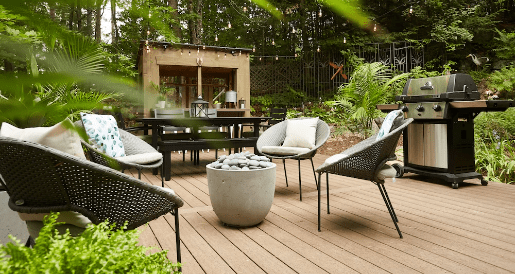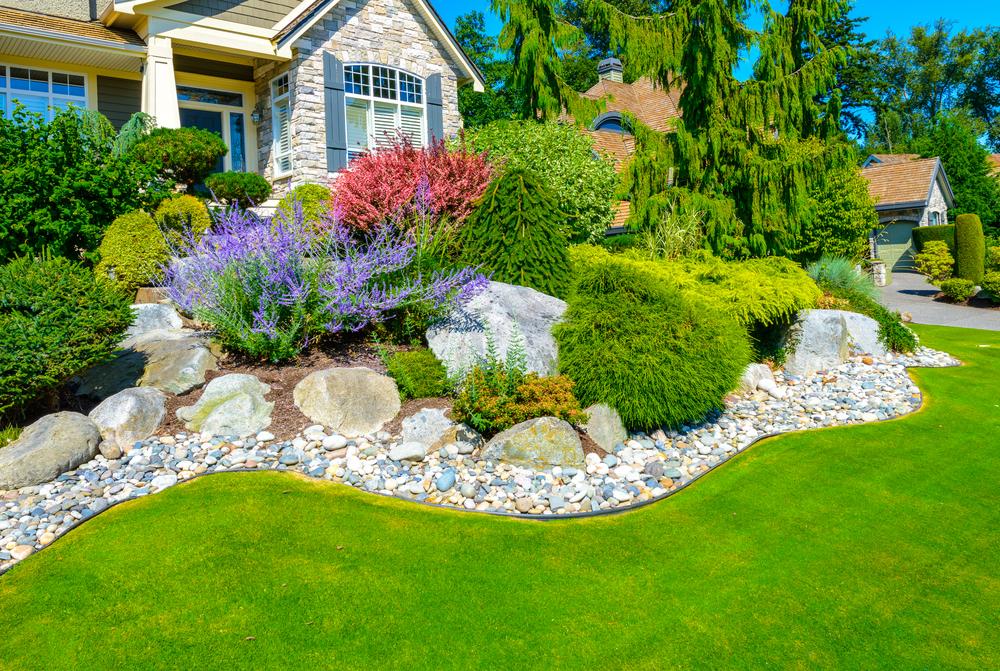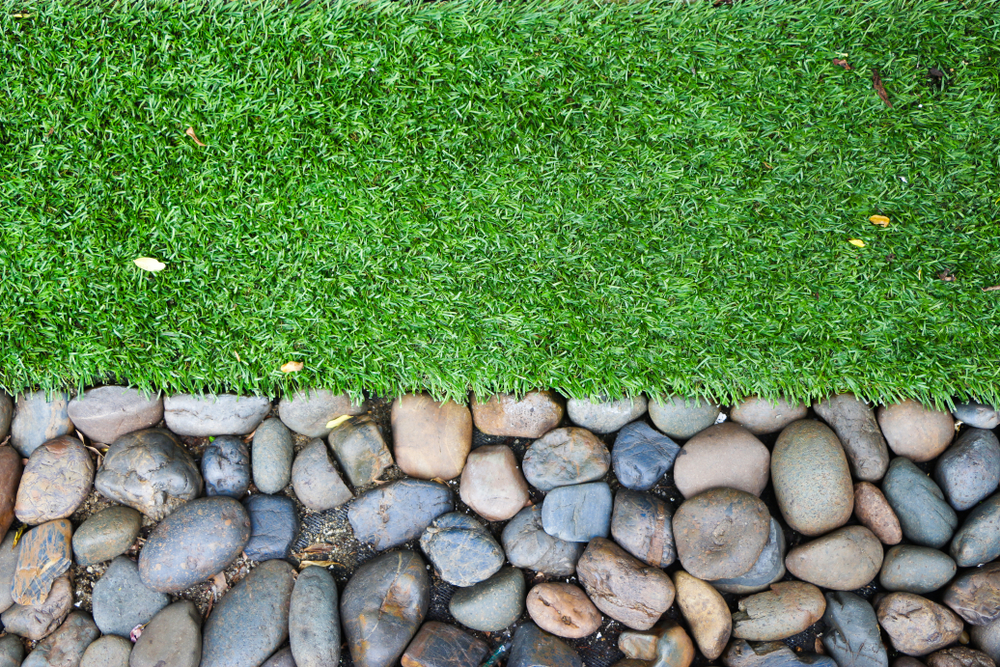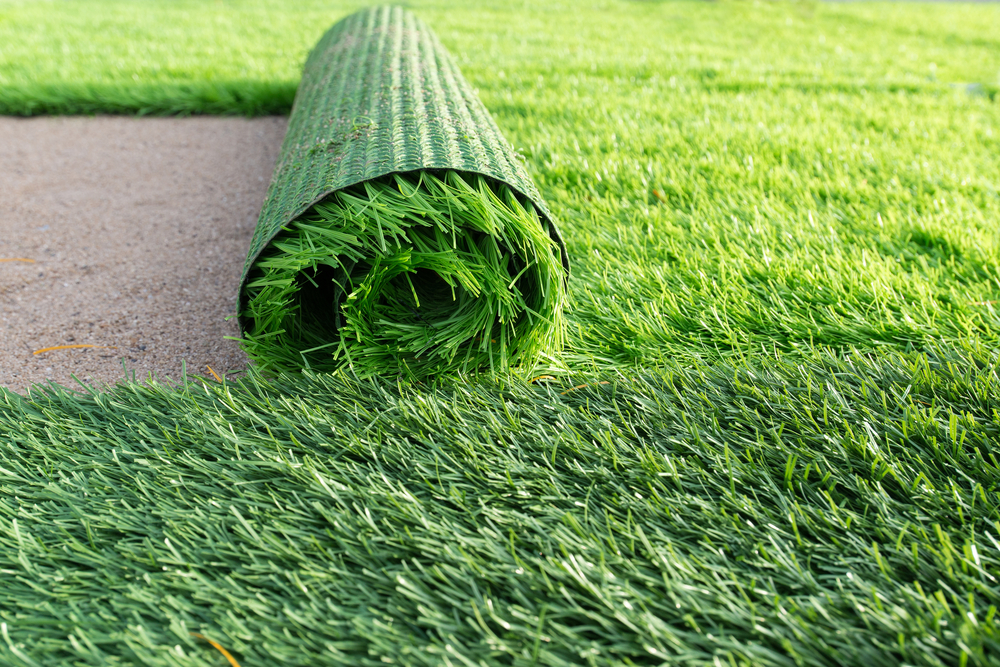
What do I need?
To start, make sure you’ve gathered your supplies. You will need:
- Shovel
- River rocks and boulders
- Landscaper’s paint
- Garden staples or fabric pins
- Tamping tool
- Mortar and wheelbarrow
- Landscape fabric
How to begin planning
The project is going to take about 4 hours and require about 10 feet. It’s not too difficult, but it’s also not easy either. Here is how you should start.
With your landscaping paint, mark two edges of the course of the slope you plan to use for the dry creek bed. You can start the slope as high as you’d like but it makes most sense to start it under a pipe that’s dumping the excess water on the property. You could begin by grading the land under the pipe. If you are looking to do this for purely decorative reasons, then it wouldn’t matter where you start.
How to make it look natural
Be sure to make the course meander because a straight course wouldn’t look as natural. If you disguise the starting point of the dry creek bed, that will also look more natural. Try putting a boulder or plant material over it. Most people make their dry creek beds more wide than deep, so if its 4 feet wide, you’d only dig 2 feet deep, like a 2:1 ratio.
You can have the slope finish at the bottom to direct the excess water to the street, or to another part of your land or pond. Sometimes, there are government regulations on redirecting excess water so you’d have to check with the public work department if you decide to have it go to the street. Many times people just have it go to a channel on their land where the soil is sandy or just build a pond and funnel it in there.
Digging
Digging is the hardest part especially if it’s filled with landscape rocks and roots. As you dig, mound the soil along the sides of the dry creek bed. Since you’re raising the sides while lowering the base, you’ll reduce the amount of digging. Once finished, lay down your fabric and cover with mounds of earth on the sides. Hold it in place with your fabric pins or garden staples. Then use various shaped rocks, and place the small ones in the center of the trench and the larger ones on the sides.
Once you’ve built your dry creek bed, you can add plants and a landscaping bridge for decoration.




